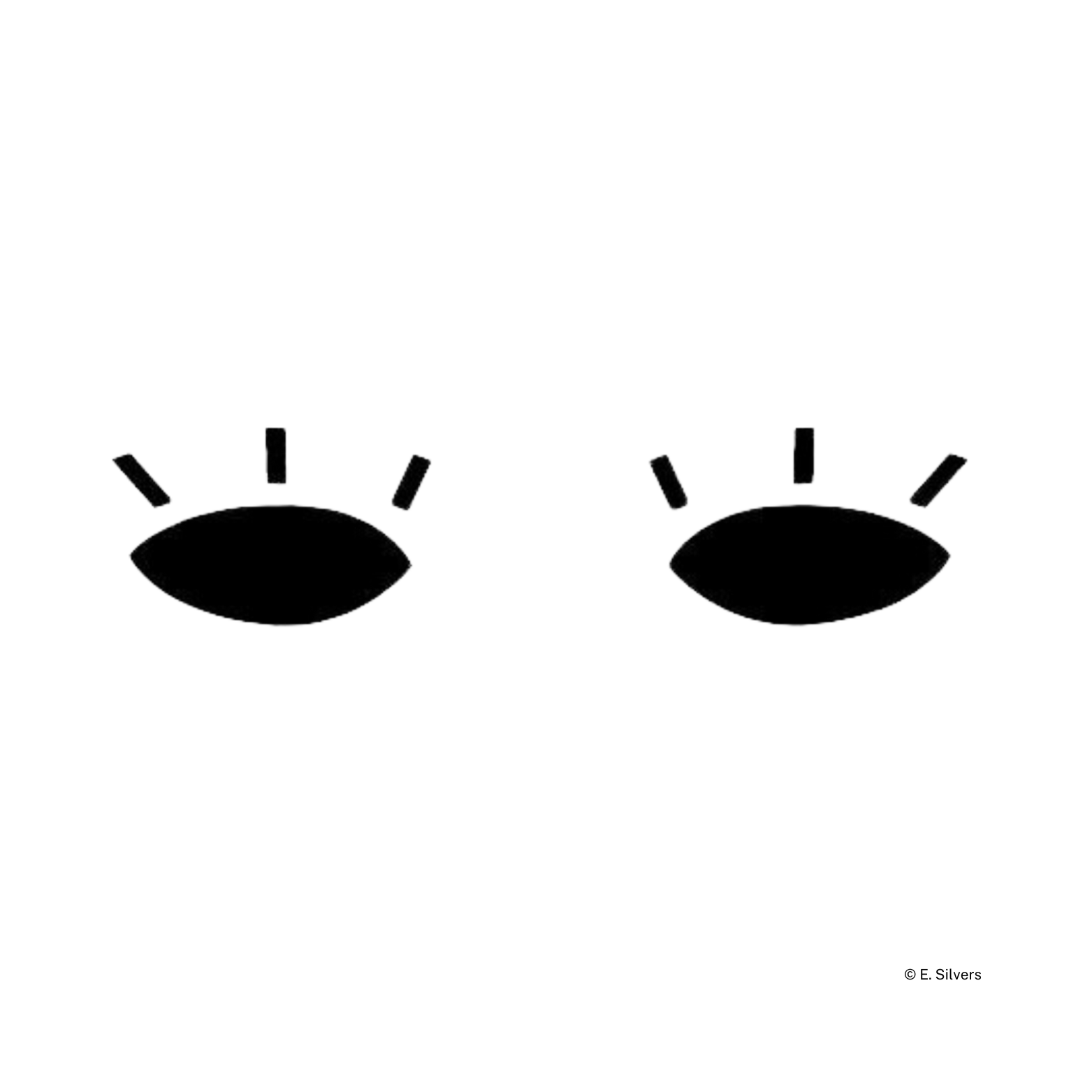As we all know (hopefully), twitter is an online news and social networking site. Users on Twitter post what they call Tweets, which are 250-character limit “posts” where users can post pretty much anything.
Thank you for reading this post, don't forget to subscribe!Microblogging is making its way to the top.
Ever heard of microblogging? Twitter is a form of microblogging. Microblogging is a combination of blogging and instant messaging. This means making short, but very frequent posts to an online social media platform.
Microbloggers like to enhance and “pretty up” their microposts with emojis and sometimes images (just like how we content writers like to do with our posts). Other microblogging platforms aside from Twitter include Instagram, Vine (retired in 2017), Facebook, and Tumblr.
Microblogging prioritizes fast and easy communication over anything else.
Writing lengths may change, but at the end of the day, most readers are looking for something that is written well, can be read fast, and is written simply enough to understand.
That’s basically what Twitter is—a huge database of one-liners. Now, imagine a SEO-friendly article loaded with intelligently researched one-liners. Wow.
When a writer is constricted to one or three sentences, they have to be wise with their words. They’re forced to. This encourages the writer not to be too wordy or ramble on for too long. Therefore every line would mean something summarized, and something learnt, for the reader.
Word and sentence flow hold the power.
When you’re forced to use a limited amount of words, you start to notice how sentences and words really sound. The amount of syllables become obvious because what you’re saying is very short, it sticks in the ears.
Rhythm and flow can be found in punctuation and syllables. Punctuation starts and stops your voice. Syllables can affect your voice’s volume, match your sounds together, and make everything flow. After repeating sentences that flow well a few times, they start sounding like they complement each other (if you’re doing it right), or a very long-winded sentence (if you’re doing it wrong).
Suddenly, you become a line editor. Line editors look at one sentence at a time. They do this to gain insight on its individual style, and to focus on sentences as a whole instead of the entire text as a whole. They are much more specific and detail-orientated than regular editors.
Use one idea per sentence only.
Complexity can be overrated. A simply written sentence can sometimes accomplish more than a complex one. The point isn’t to appear smarter by using a dictionary’s vocabulary and making your work five pages long, but to appear smarter through the delivery of your message.
You want to connect to your reader as easily as possible. This means clearly writing out your message in a way that is straight-forward and universally understood. After all, it’s not so much about the fancy words themselves but more about how you use the words. It’s all in the delivery.
How do you know if you have more than one idea in your sentence? Multiple ideas in a sentence can be found by dashes, semicolons, colons, conjunctions, and connecting words like regardless or however. Avoid these and it should be easy to keep one idea per sentence.
Let’s Summarize
This teaches us,
1. That sentences have rhythm and flow, just like songs.
2. That vocabulary itself isn’t as important as how you use it is.
3. To stay with one idea per sentence to maximize clarity and universal understanding.
4. To isolate each sentence individually while editing to notice more details.
5. That it’s all about your writing delivery.
